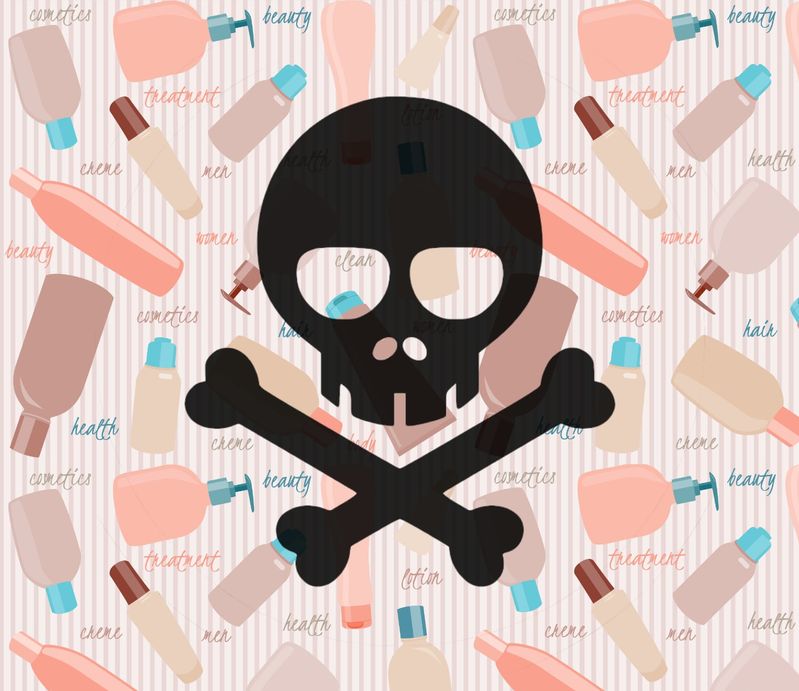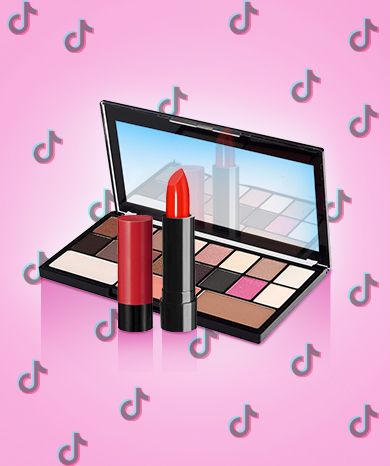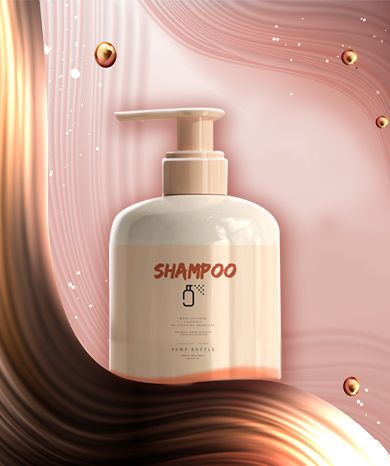Publication date January 9, 2023
2022 Has Taught Me To Stay Away From These Beauty Products
It's human nature to prioritize convenience and fragrances while shopping for personal care items, especially beauty products. However, it is crucial to understand the components of these products and the potential risks they pose to our health and the environment. Cancer and hormone disruption are only two of the many health problems that have been related to the use of several common cosmetic products. In this piece, we'll go through some of the things you should keep away from in your 2022 beauty regimen.

Source: Coconuts & Kettlebells
Recommended articles
Exfoliating scrubs and face cleansers often contain microbeads and tiny plastic particles. Due to their inability to break down, they pose a threat to aquatic ecosystems and the animals that live there. They can also have a harmful effect on marine habitats and add to the problem of plastic pollution. Because of the damage they cause to the environment, several nations have banned microbeads from cosmetics, yet you may still find them in many common items.
Parabens are a frequent preservative used in cosmetics to lengthen their shelf life. On the other hand, they may cause cancer and hormone imbalances. Parabens are endocrine disruptors that can cause infertility and other health disorders by acting like estrogen in the body. Methylparaben, Propylparaben, and Butylparaben are three of the most common parabens to see on product labels.
Phthalates are commonly used to extend the life of scents. They've been connected to cancer as well as problems with reproduction and development. Phthalates have been associated with infertility, birth abnormalities, and other health difficulties due to their ability to alter the endocrine system. Common names for these chemicals on product labels include DEP, DBP, DEHP, and others.
Sulfates are used in personal care items like shampoos and face cleansers to generate foam. They can be quite drying and abrasive on the skin. Sulfates are both detrimental to the environment and to the skin, causing dryness, inflammation, and other issues. Both sodium lauryl sulfate (SLS) and sodium Laureth sulfate (SLES) can be found on product labels (SLES).
Artificial scents are used in a wide variety of cosmetics, but they have been linked to a variety of health problems, including skin irritation and allergic responses. Furthermore, they may be laced with chemicals that are absorbed via the skin and detrimental to human health. Some synthetic perfumes are hazardous to the environment and can cause health issues such as headaches and dizziness. They are frequently referred to as "fragrances" only on product labels.
Makeup and baby powder both include talc, which is a common component. Asbestos, which has been linked to cancer, may be present. Inhaling asbestos fibers can lead to a variety of health concerns, including cancer. The use of talc in any product, but especially those that are applied directly to the face or breathed, should be avoided due to its association with respiratory difficulties.
Antibacterial soaps often include triclosan, a chemical that has been linked to hormone disruption and the spread of microorganisms resistant to antibiotics. There is mounting evidence linking triclosan to cancer, hormone disturbance, and impaired immunity. Triclosan and triclocarban are common names for it on product labels.
When choosing hair care products, it's not only about avoiding these substances. Many hair care items, including colors and style aids, might expose you to a variety of toxins. Ammonia, which is included in several hair colors, is particularly damaging to the hair and scalp. Hairspray and mousse, among other styling tools, may include chemicals that are harmful to the respiratory system and other body systems.
Selecting cosmetic products created with all-natural components is one method to lessen your exposure to potential side effects. Plant extracts and essential oils are examples of natural components that are less likely to produce allergic reactions or other negative health effects. Also, because they don't include any synthetic chemicals, they're safer for Mother Nature.
Using fewer items is another method to lessen exposure to potential dangers from cosmetics. Many of us use many cosmetics every day, and this might put us at risk of exposure to numerous toxins. It is possible to limit one's exposure to these chemicals by streamlining one's beauty regimen and utilising fewer items.
We should also be attentive to the trash we create when we use cosmetics. Makeup and skincare products are only two examples of the many cosmetics that often come in single-use containers that add to the problem of plastic waste in the environment. Products that come in reusable or biodegradable packaging, or packaging that can be recycled, are two ways to lessen our environmental footprint.
In conclusion, 2022 has taught me the value of being selective about the cosmetics I put on my body and the substances I expose myself to. Reducing the risks connected with beauty products and making better choices for ourselves and the earth may be accomplished by using fewer products and avoiding those containing synthetic perfumes, parabens, sulfates, and other potentially dangerous substances.




